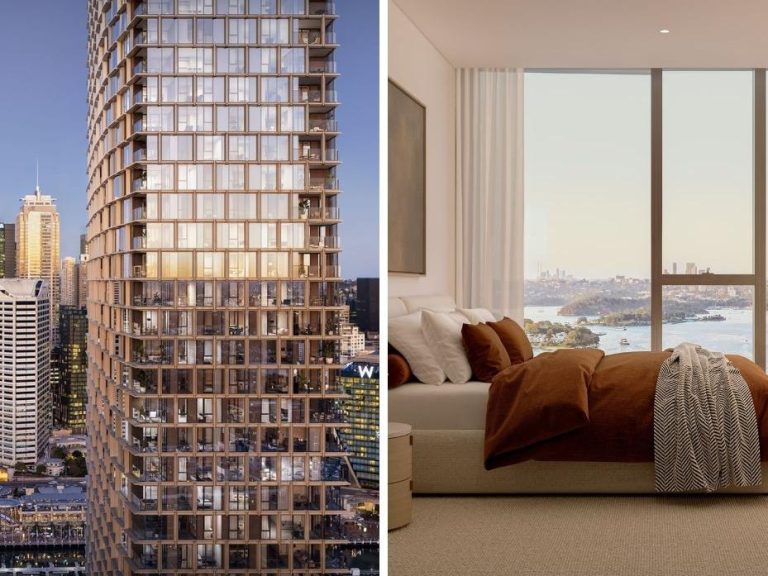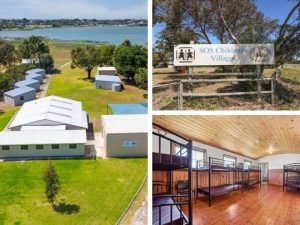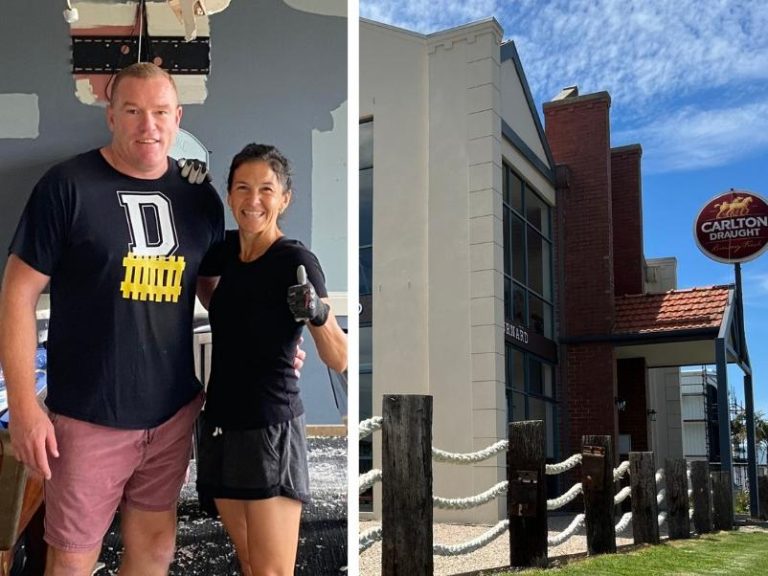What’s in store for commercial property this year?

While 2013 turned into a better year than many expected, now it’s time to ask where the market is headed in 2014.
For the moment, the economy presents a slightly jaded picture of stable but unspectacular growth. Federal Treasury is forecasting a rise in unemployment to 6% and a slowing of GDP growth to 2.5%.
The new government faces a significant test as it grapples with falling national income, due to the drop in the Australian dollar’s value, tough budget choices and a transition away from a once-booming mining sector.
Investor interest drives activity
In a time of low interest rates, investors of all sizes chase higher yields, which explains much of the rebound in activity over the course of 2013.
Large super funds and institutions dominated at the start of the year but in the second half, unlisted trusts and syndicates began ramping up purchases.
That trend looks set to continue well into 2014, with private SMSF investors in particular carrying buying momentum into the New Year.
Yields on the decline
During the past three years, commercial property yields have declined or held steady while official interest rates have remained at generational lows.
That’s leading to solid capital returns of around 9% pa, because – as AMP Capital pointed out in its recent update – each 0.25% decline in yields translates into a capital gain of around 4%.

Source: AMP Capital
Industrial surprise
Not many analysts were predicting a strong year for industrial property, but despite average-at-best business conditions, the sector recorded a healthy rebound in the second half of 2013.
While manufacturing was down on its luck, logistics became the new darling due to rising business concerns about transport costs. Colliers International estimates there are now 400,000sq m of large warehouse space under construction, with most of it pre-committed.
That sets the scene for more large transactions in 2014, particularly in intermodal areas connecting rail, roads and ports. Areas to watch include Melbourne’s south west, Sydney’s Eastern Creek and Erskine Park, Brisbane’s South West, Direk SA and Hazelmere WA.
Dexus, Charter Hall, Goodman and Australand have been the most prominent institutions, with Melbourne home to around one third of new developments.
Expect rental growth to be stable to over 2014 year with an increasing focus on the strategic quality of acquisitions.
Offices increasingly absorbed
Double digit vacancy levels set some alarm bells ringing this year, but most analysts are expecting the rise in recently built stock to be increasingly absorbed in the next 12 months.
As these charts from Dexus show, Perth’s vacancy rate is well below its long-term average, Brisbane’s is above, with Melbourne and Sydney sitting close to their historical norms.
Dexus, like many of the analysts, expect tenant demand to improve with business confidence over 2014, with Brisbane the city of most concern. The Sydney market will closely watch pre-commitments at the massive Barangaroo site.

Retail soldiers on
While retail has struggled to maintain momentum in 2013, the year ahead may prove a little brighter.
Consumer sentiment recovered from its low point in mid-2013 but retailers are still battling pressures from online sales and high rents. Jones Lang LaSalle is predicting many discretionary retailers are waiting for evidence of a consumer spending recovery before they trigger expansion plans.
For the time being, retailers are focused on making the most of their end-of-year and Christmas sales period, and looking for opportunities to build margin and invest in areas likely to deliver revenue growth.







